Strained grids due to extreme weather events and data center’s high demands drew state lawmakers from around the country to meet in San Antonio to discuss reliable and affordable options.
The two-day meeting focused on distributed energy resources (DERs), which are resources connected to the distribution system that are close to the load. They include solar, microgrids, energy storage, smart appliances (such as wifi-enabled thermostats) and electric vehicles. DERs enable users to draw less energy from their local utilities and sell any excess energy they generate back to their power provider.
“You can’t [meet demand] without an all-of-the-above approach,” said the chair of Montana’s House Energy Committee Rep. Gary Parry (R), who worked in the coal industry for 40 years but also recently voted in support of community solar legislation (though it was ultimately vetoed by the governor).
The lawmakers discussed policy solutions that could increase DER adoption, while industry experts explained the ways DERs can help states meet power needs, including aggregating resources across several areas without building new power plants and transmission lines.
The meeting shows the rising attention state lawmakers are giving to energy demands. To name a few of the many examples from this legislative session, Oregon passed a bill to allow private developers to build, own and operate microgrids. Hawaii passed legislation to boost the buildout of residential solar-plus-storage installations. Virginia passed a law requiring utility Dominion Energy create a virtual power plant pilot.
The Pew Charitable Trusts, which sponsored the event in partnership with the National Conference of State Legislatures, said some of the lawmakers said they are looking at DERs to help support economic development and attract new industry to their district. For example, West Virginia signed into law earlier this year a bill to ease restrictions on microgrid development in hopes of attracting more data centers to the state.
Virginia Sen. Kannan Srinivasan (D) has more than 200 data centers in his Northern Virginia district, which provide $1 billion in tax revenue. “Our schools have a $2 billion operating budget,” he said. “A lot of that money is coming from data centers.”
Srinivasan recently voted in favor of a bill that would have tripled the energy storage Virginia requires its two public utilities to procure. According to Virginia’s Joint Legislative Audit and Review Commission (JLARC), Northern Virginia constitutes 13% of all reported data center operational capacity globally and 25% of capacity in the Americas.
(Read: Virginia governor vetoes more energy storage despite data centers roaring for more power)
Without additional generation to meet rising energy needs, “we’re jumping off a cliff,” Ohio Rep. Roy Klopfenstein (R) said. “It’s not sustainable. We need solutions to fill the gap.”
The Pew Charitable Trusts launched an initiative last year to rapidly accelerate the deployment of DERs across the United States. According to the Pew Charitable Trusts, DERs currently meet about 5% of the United States’ energy needs.
This content is protected by copyright and may not be reused. If you want to cooperate with us and would like to reuse some of our content, please contact: editors@pv-magazine.com.
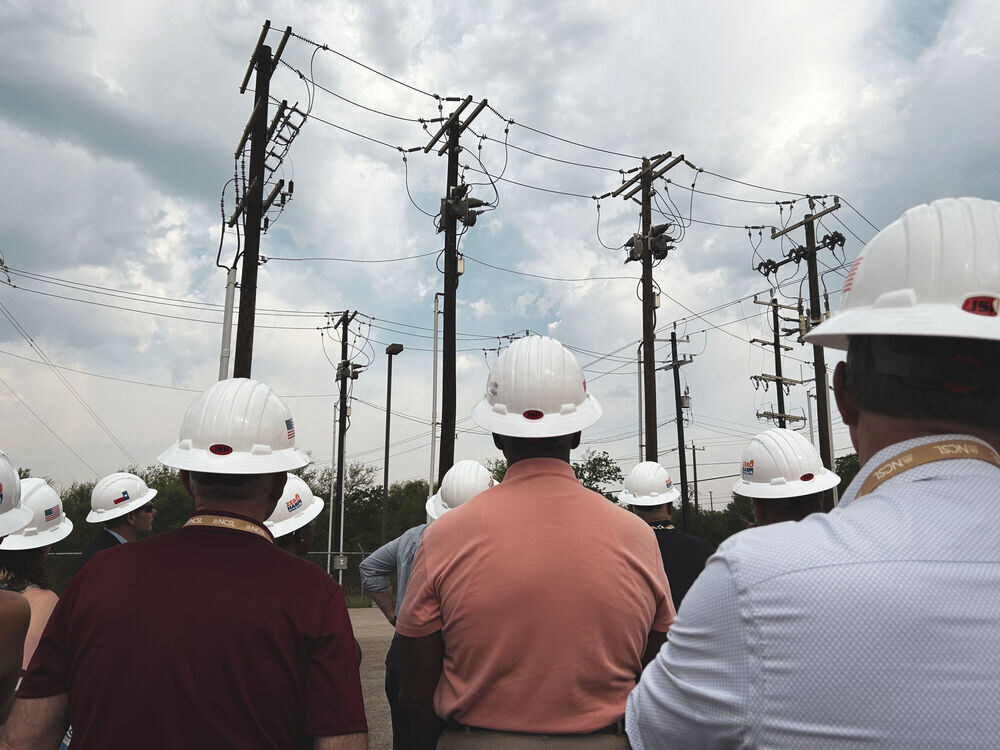
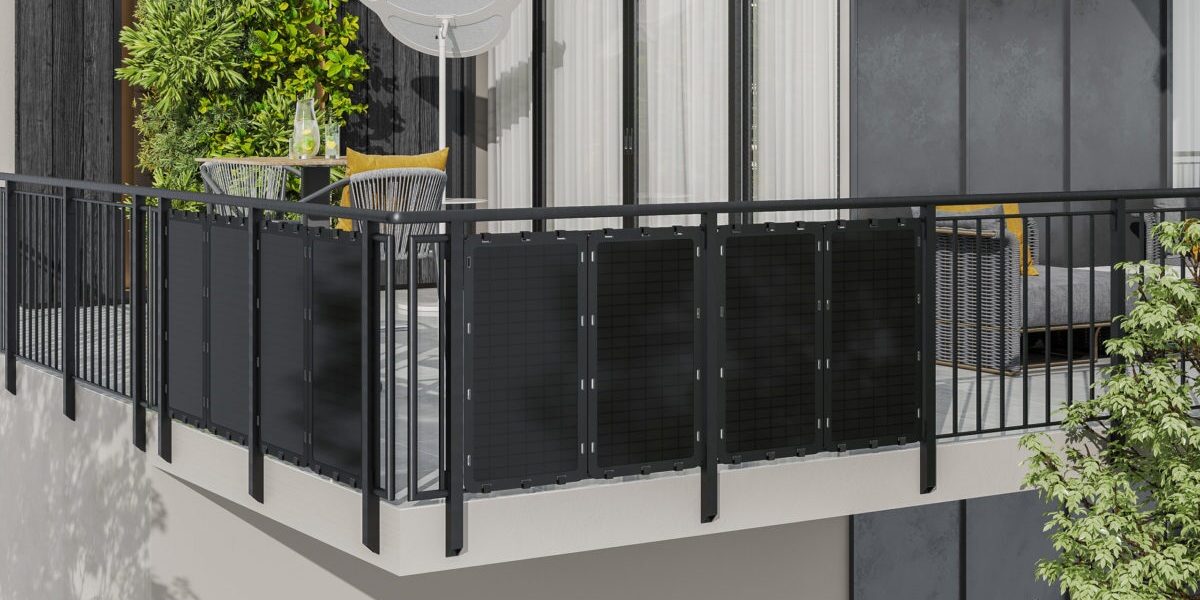


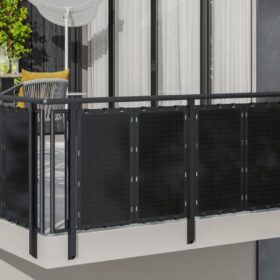
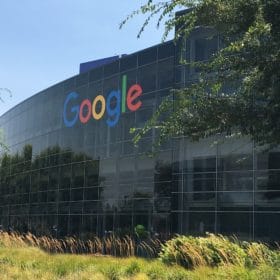
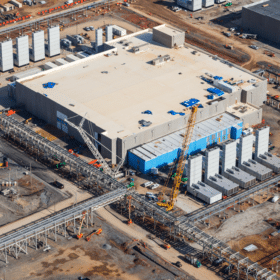
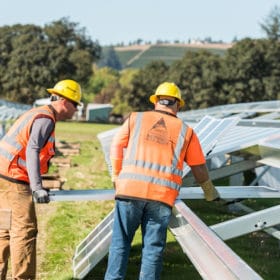
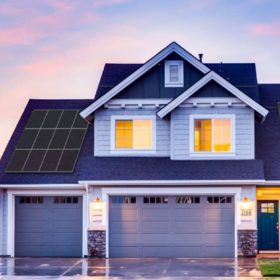
Even in Texas, where BigOil&Gas rule, and where surplus wind generation goes to benefit crypto miners who got kicked out of China in 2021, locals realize that community solar is the only way to spare ordinary rate payers the burden of paying for new generation that only benefits AI data centers and crypto miners. Best strategy? Mandate solar canopies on ALL large (80 spaces) hot asphalt parking lots within 5 years, like France. No new utility transmission, interconnection, site acquisition or other site improvement spending required. Add on-site BESS & V2G chargers and you’ve deployed a reliable matrix of micro grids, right where most rate payers live, work & commute.